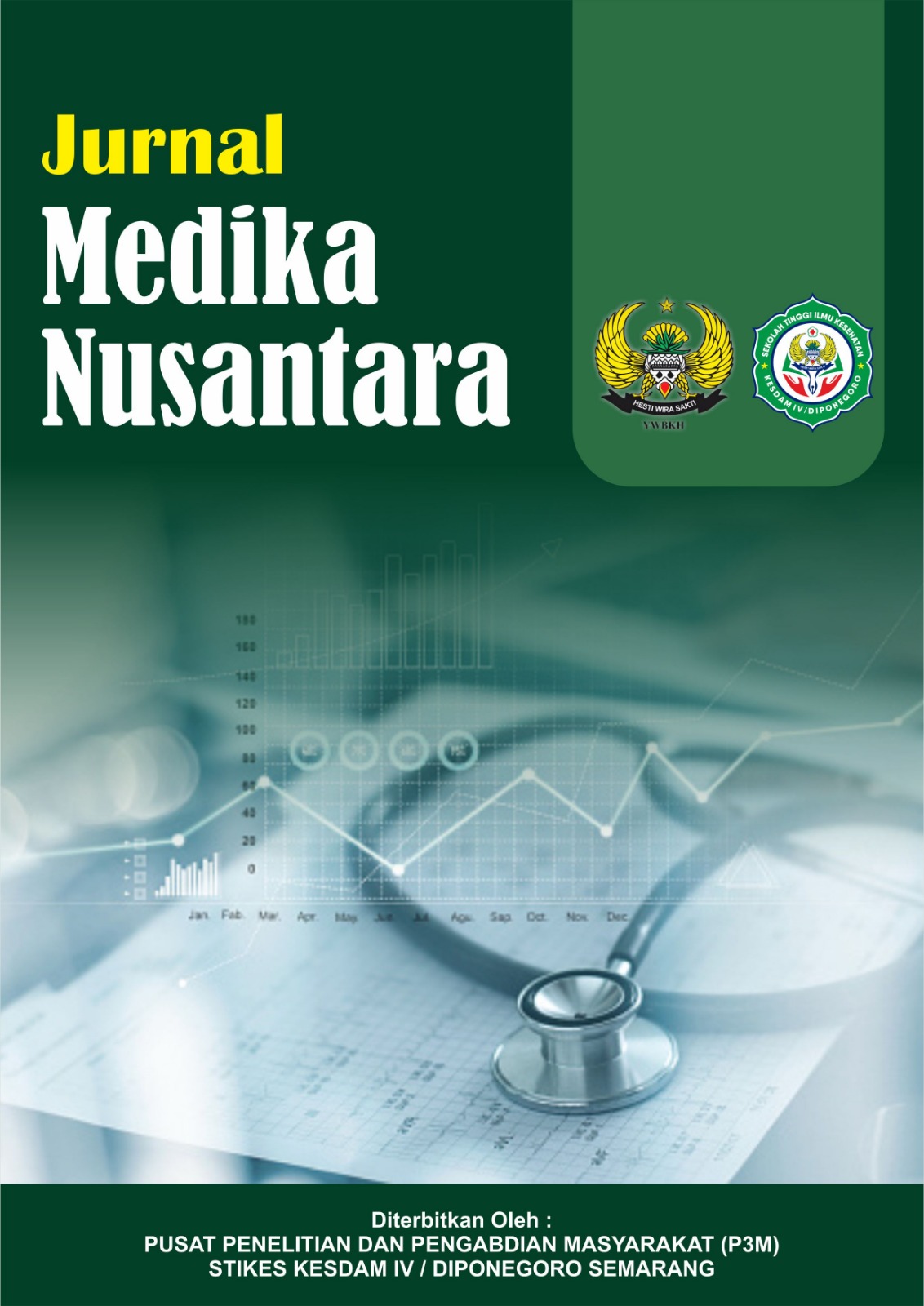BRONKOPNEUMONIA
DOI:
https://doi.org/10.59680/medika.v1i3.403Keywords:
Pneumonia, Bronchopneumonia, infectionAbstract
Pneumonia is a form of acute respiratory infection most often caused by viruses or bacteria. It can cause mild to life-threatening illness in people of all ages, but it is the single largest cause of infectious death in children worldwide (1). Pneumonia killed more than 808,000 children under 5 years of age in 2017, accounting for 15% of all deaths of children under 5 years. (1).
It is known that the results of Basic Health Research (Riskesdas) in 2013 also showed a high prevalence of pneumonia in toddlers, namely 4.5 per 100 toddlers. This means, 4.5 out of 100 toddlers suffer from pneumonia (2). The lungs are made up of tiny sacs called alveoli, which fill with air when a healthy person breathes. When a person has pneumonia, the alveoli fill with pus and fluid, which makes breathing painful and limits oxygen intake. This infection is generally spread by direct contact with an infected person (1)
References
Pneumonia. World Health Organization. WHO; 2020.
Kementrian Kesehatan Republik Indonesia. Pneumonia Pada Anak bisa Dicegah dan Diobati [Internet]. Kementerian Kesehatan RI. 2022 [cited 2022 Mar 26].
Schemes M. Bronchopneumonia in Children. CMScript; 2019.
Zec SL, Selmanovic K, Andrijic NL, Kadic A, Zecevic L, Zunic L. Evaluation of Drug Treatment of Bronchopneumonia at the Pediatric Clinic in Sarajevo. Med Arch (Sarajevo, Bosnia Herzegovina). 2016;70(3):177–81.
Muhammad Waseem. Pediatric Pneumonia: Practice Essentials, Background, Pathophysiology [Internet]. Medscape. Medscape; 2016. p. 1–17.
Fakultas Kedokteran Universitas Lambung Mangkurat. Pedoman Diagnosa Dan Terapi. Bagian / Smf Ilmu Kesehatan Anak. 2016.
Puspamaniar VA, Setyoningrum RA, Susanti D. Low Birth Weight as Risk Factor of Pneumonia Child in Primary Health Care of Surabaya. JUXTA J Ilm Mhs Kedokt Univ Airlangga. 2019;10(2):61.
Zivich PN, Grabenstein JD, Becker-Dreps SI, Weber DJ. Streptococcus pneumoniae outbreaks and implications for transmission and control: a systematic review. Pneumonia. 2018;10(1).
Pneumonia. AMBOSS. AMBOSS; 2022.
Mackenzie G. The Definition and Classification of Pneumonia. Pneumonia [Internet]. 2016;8(1):1–5. Available from: http://dx.doi.org/10.1186/s41479-016-0012-z
Broaddus VC, Ernst JD, Jr TEK, Lazarus SC, Sarmiento KF, Schnapp LM, et al. Murray & Nadel’s Textbook of Respiratory Medicine. 7th editio. Netherland: Elsevier Saunders; 2021.
Ikatan dokter Anak Indonesia. Buku Ajar Respirologi Anak. 1st ed. Jakarta: Badan Penerbit Ikatan Dokter Anak Indonesia; 2010.
Kliegman obert M, Geme J St. Nelson Textbook of Pediatrics 2-Volume Set. 21st Editi. Philadelphia: Elsevier Saunders; 2021.
Ebeledike C, Ahmad T. Pediatric Pneumonia [Internet]. Statpearls (Internet). USA: NCBI StatPearls Publishing LLC; 2022. Available from: https://www.ncbi.nlm.nih.gov/books/NBK536940/?report=classic
Villarreal M. Bronchopneumonia. What Is It, Contagiousness, Diagnosis, Treatment, and More. Philadelphia: Osmosis Elsevier; 2020.
World Health Organization. Pocket book of hospital care for children. Second. WHO, Bangladesh; 2013.
Garna H, Nataprawira HM. Pedoman Diagnosis dan Terapi Ilmu kesehatan Anak. Lima. Bandung: Departemen/SMF Ilmu Kesehatan Anak Fakultas Kedokteran Universitas Padjadjaran/ RSUP Dr. Hasan Sadikin; 2014.
Kementrian Kesehatan Republik Indonesia. Pedoman Tatalaksana Pneumonia Balita. Jakarta: Kemenkes RI Direktorat Jendral Pengendalian Penyakit dan Penyehatan Lingkungan; 2010.
John Michael L. Roque. National Antibiotik Guidelines. In: National Antibiotic Guidelines Committee. Manila, Philippines: DOH; 2017.
Wei Shen Lim. Pneumonia. In: Elsevier. 2nd ed. United Kingdom: Elsevier Saunders; 2020.








